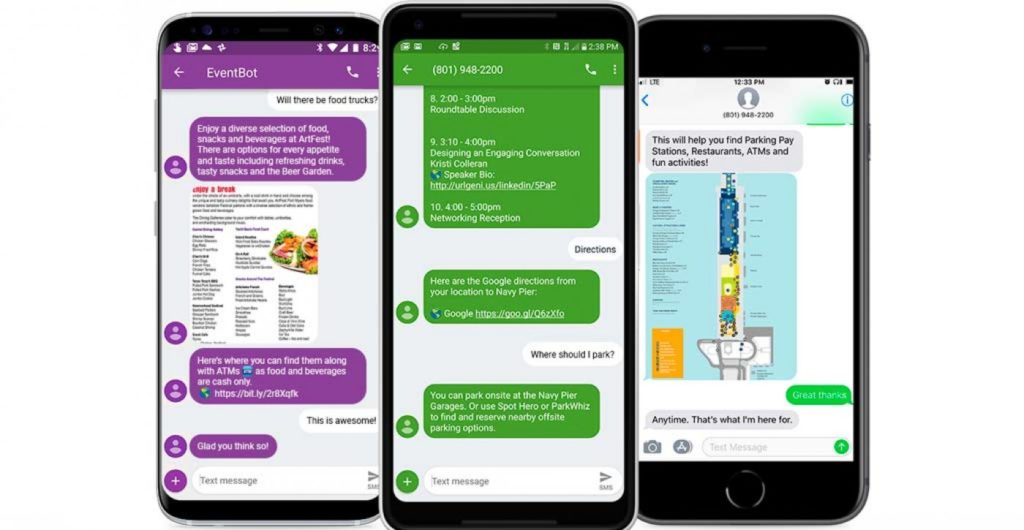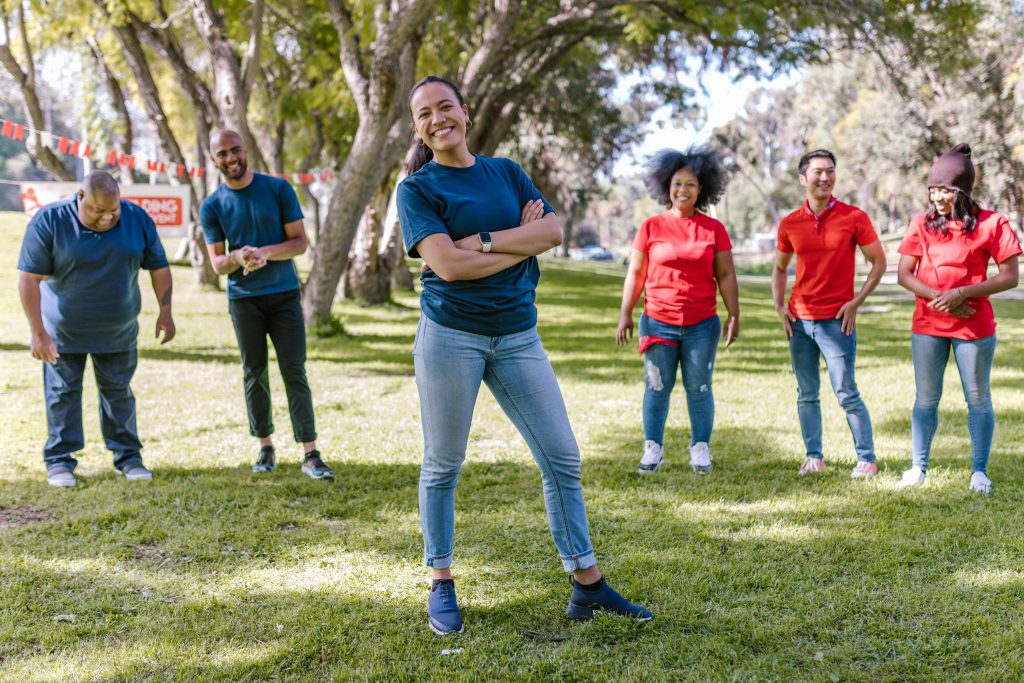We talked to Bob Caldwell, founder of EventBots

Share news
Listen
How is AI integrated into this solution? The AI we use is natural language processing. What the system does is to have a series of questions and available answers, and AI takes all the different ways you can ask the questions, interprets them and chooses the best corresponding answer. The system can learn on its own, but we use curated intelligence. As some companies have found out, leaving the machine learn alone can lead to problems, for instance a a few years ago Microsoft’ “Tay” chatbot learned on its own to be racist chatbot in less than 24 hours.
So to learn, we review and map every IDK (I Don’t Know): if the bot doesn’t know the answer, it says so and all IDK are reviewed by our team to understand why. The bot always answers with a confidence threshold in its answer, and says IDK when below that threshold.
Separately we also review what we call False Positives, answers the bot gave but with a limited confidence: we review every answer and analyse if the answer was correct. If not, we re-rain the bot to the correct answer. As a result of our IDK and False Positive work, our bots now deliver more than 95% of the time the correct response.
Building a bot is actually quite easy. Building one that works well is really, really difficult. Ultimately, the way humans actually ask questions is a challenge. If you look at a simple question, like “where is the bathroom”, there are many different ways to ask it, many different nouns for bathroom and many ways to ask “Where’s the”. So just this simple question can be asked in 40,000 ways!
We had a bot in IMEX, called Frank, in English only. They work mainly in English but are developing some solutions in other languages, including Spanish.
How is it delivered? Voice or text? We can deliver on multiple channels. The preferred ones are SMS and web, but we can deliver in WhatsApp, Viber, Twitter, Facebook, and can even integrate it in an event app… Regarding voice, today anyone with a smartphone can ask the question and their smartphone will convert it to text. The majority of customers are very comfortable with written messaging, and for the vast majority of questions actually prefer text. But the company is working on a voice-recognition solution.
Machine or human: what will be the weight of each, tomorrow? Isnt human interaction essential in events? It is, but there is a great deal of human interaction that is not value-added and very time intensive. “Where is the bathroom” is not very valuable, but the today consumers demand a very quick answer; we are used to having information immediately. So we think it is valuable to get technology to do the basic tasks (very quickly) and enable customer-facing staff to really add value, to strengthen the human dimension of the event, not to be bogged down showing where the bathroom is.
Does this generate data? The most powerful thing is that when you open this channel between the business and the consumer, you have the opportunity to interact again and again. It is very important to understand what your attendees are asking is very powerful, and often your staff don’t really know, so the statistics the bot can give you are very valuable. Also you use the channel to do live polling, networking, send the badge for printing at the entrance. If you think of technology as a team member, it works 24 hours a day, is always positive, always gives the right answer, and can handle thousands of requests at any time.











